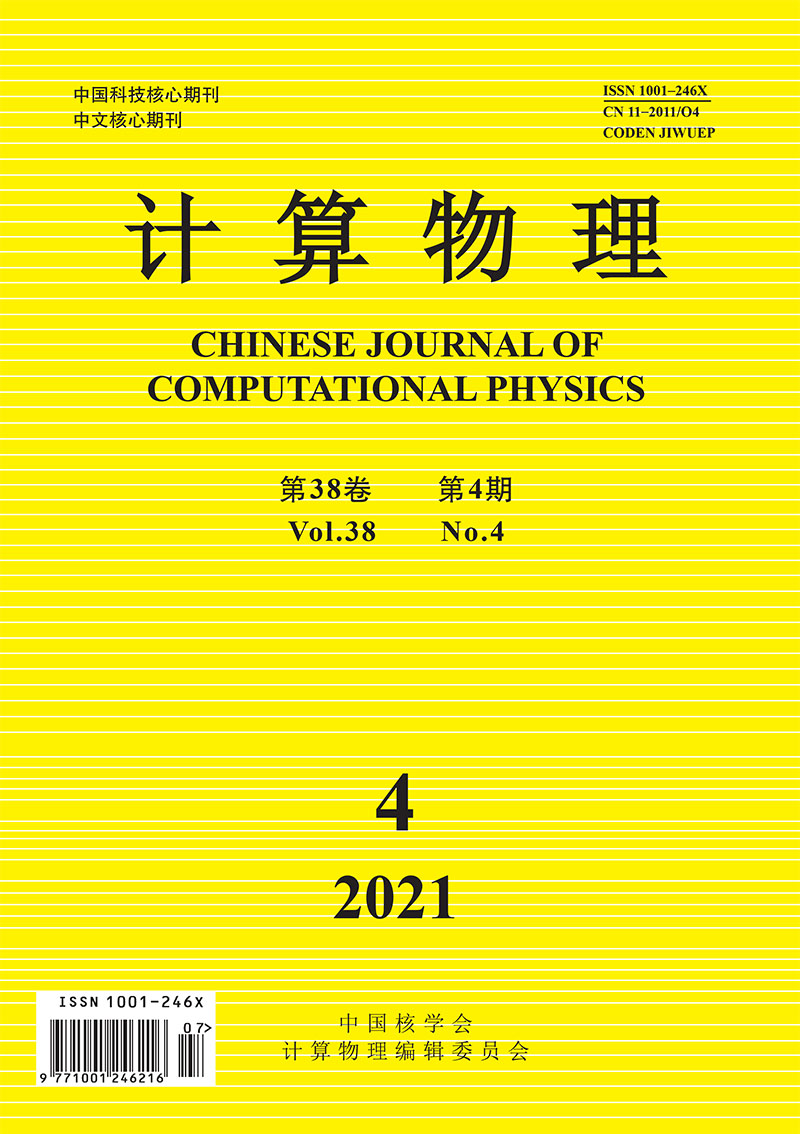Relation between graphene thickness and its force-distance curve is studied with atomic force microscope and first-principles calculations. Firstly, we located relatively smooth graphene sheets with atomic force microscope line-profile, and got three graphene samples with thickness of 0.57 nm, 0.90 nm and 1.30 nm. Then, we tested force-distance curves of the samples with multiple measurements. It shows that average value of adsorption forces of the samples are 0.30 nN, 0.32 nN and 0.34 nN, and the average value of desorption forces are 5.33 nN, 5.66 nN and 7.24 nN, respectively. It shows that both adsorption and desorption forces are increased with the increasing of graphene thickness, which implies that it could be an alternative method to measure thickness of graphene with force-distance curves provided by AFM. In order to explain the experimental result, we built platinum-graphene coherent interface models by combining Pt with one, two and three graphene layers, and calculated interface separation work with first-principles calculation. Simulation results showed that the interface separation work for the models are 10.0 eV·nm-2, 10.4 eV·nm-2 and 10.8 eV·nm-2, respectively. It is consistent with the trend of adsorption forces in experiment.
